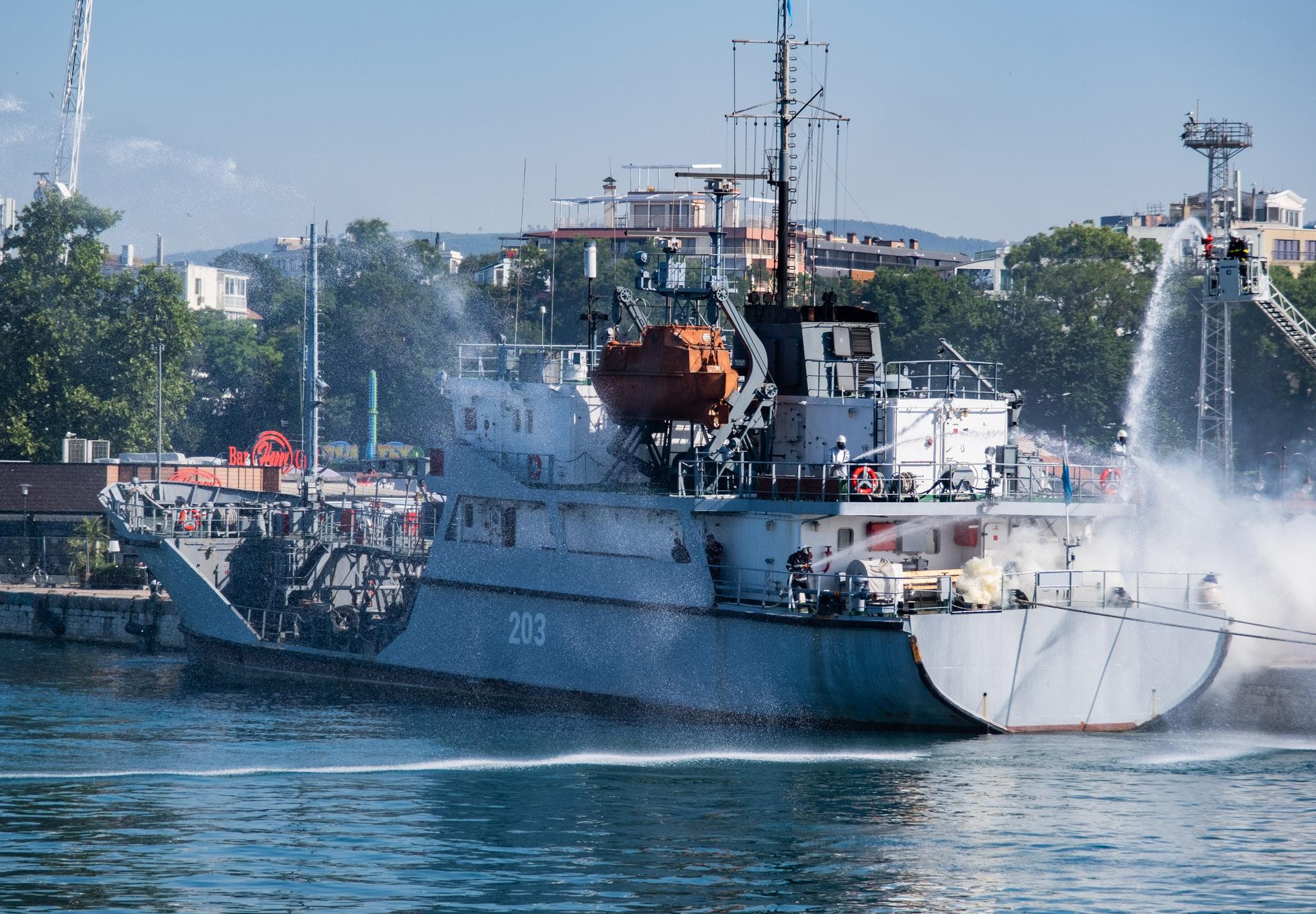
4 minute read
Proposals, Ultimatums, and War
Experts and analysts have produced a number of suggestions for how the states of the region might limit deployments and force sizes in the context of a changed security environment, modern military technology, and evolving approaches to warfare in order to increase stability.119 Western governments, meanwhile, have tended to emphasize the need to update the Vienna Document, although other ideas, not all publicly available, also occasionally appeared. For example, during bilateral consultations between Russia and Latvia on military exercises in the border regions in 2017, Latvia reportedly proposed an initiative in the framework of the Vienna Document that Russia refused. However, this proposal was never made public, although the two countries agreed to expand dialogue between military specialists.120
Advertisement
Russia, meanwhile, had played up risk reduction, which it said NATO ignores.121 Since 2014, Moscow had emphasized the need to resume military-to-military contacts, curtailed that year in response to the war in Ukraine.122 Its preferred next steps for new arrangements included limits on military activity (specifically, since 2016, on the scope and size of military exercises) and troop concentrations along borders between Russia and NATO member states. In 2020, it suggested a total cessation of drills to help limit the spread of COVID-19.123 In the Black Sea, Russia long sought new maritime constraints, consistently and publicly worrying about increased NATO activity which it deemed provocative and destabilizing.124 In 2008, at the OSCE Annual Security Review Conference, Russia distributed a proposal that, according to Stockholm International Peace Research Institute (SIPRI), suggested “prior notification and observation of naval activities tailored to the size of the naval formations present in the ‘waters adjacent to the OSCE region.”125 However, the parties could not find a common definition of “adjacent waters,” and never developed the proposal.126
In 2018, a Russian military expert reportedly suggested that if past naval confidence and security building measures focused on prior notification based on vessel size and numbers, future agreements could include operational details related to the capacity of naval forces, such as the presence of deck aviation or the ability to carry cruise missiles or perform complex air defense missions.127
NATO member states, particularly (but not only) those in the Baltic Sea and Black Sea regions, have tended to distrust Russia’s proposals and complaints and view them as ploys to limit NATO’s capabilities and capacity to deter Moscow in border regions.128 These views are shared by NATO partner states such as Ukraine and Georgia, whose experience with Russia leaves them nervous about further aggression, to say the least. Moreover, some members of the alliance suspect both Russian and European proposals on risk reduction of being tactics aimed at lowering the US military presence in the region, which they believe would weaken their own, and thus European, security.129
Their fears seemed confirmed by the two draft treaties, one to be signed with the United States and the other with all NATO member states, put forward by Moscow in late 2021, even as it built
Over thirty ships participated in NATO's Breeze 2021 exercises in the Black Sea. (Flickr/NATO)
up troops near Ukraine, and NATO members demanded it withdraw them. The drafts included a variety of measures, among them NATO commitments to reverse all military deployments on the territory of states that were not alliance members in May 1997 (that is, before the first round of NATO expansion). They would have also banned further NATO enlargement, military activity by NATO member states on non-member state territory in the OSCE region, and military exercises or activities above the brigade level in a to-be-defined zone along the borders between Russia and its allies and NATO members.130 Other components included a moratorium on intermediate-range missile deployments in Europe and the prohibition of nuclear deployments on other countries’ soil.131
Moscow’s proposals underlined that Russia saw Ukraine’s future and the future of European security as inseparable. NATO, seeing its maximalist aims as a negotiating position, responded with offers to get conventional arms control back on track: the alliance as a whole and the United States individually responded to Russia’s draft treaties with willingness to renew contacts and talk about force limits, including a moratorium on intermediate-range missiles.132 The allies refused to forego future NATO expansion, however, and called on Russia to withdraw its own troops from Ukraine, Georgia, and Moldova.133
But Moscow, it turned out, was uninterested in slow negotiations on deals to limit risk. As a price for eschewing an invasion of its neighbor, it sought instead a fundamental reversal of NATO and US force deployments and activities. When that was not forthcoming, Russian tanks rolled into Ukraine. NATO, as discussed above, responded with more of a buildup, albeit one that built on plans already in the works.









